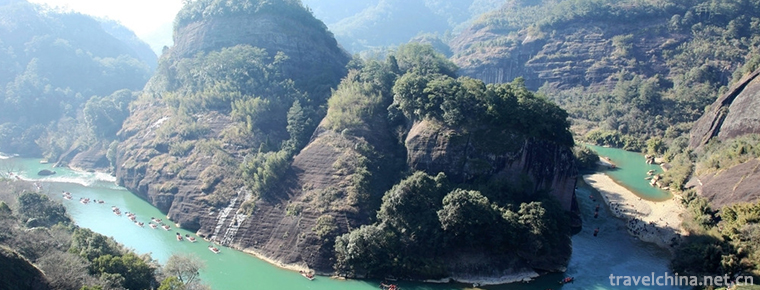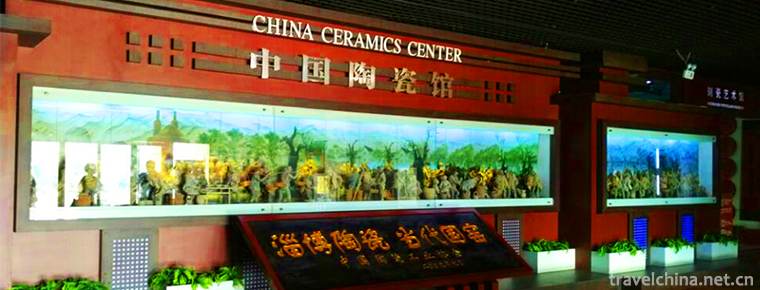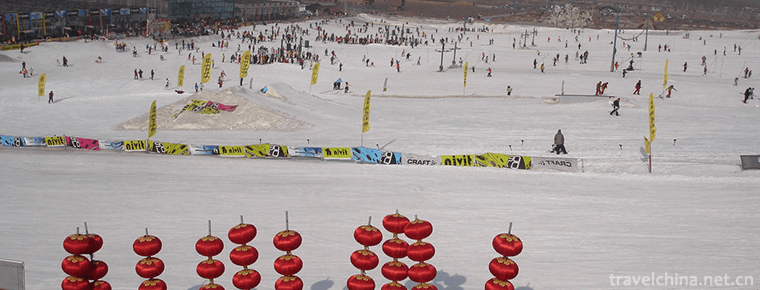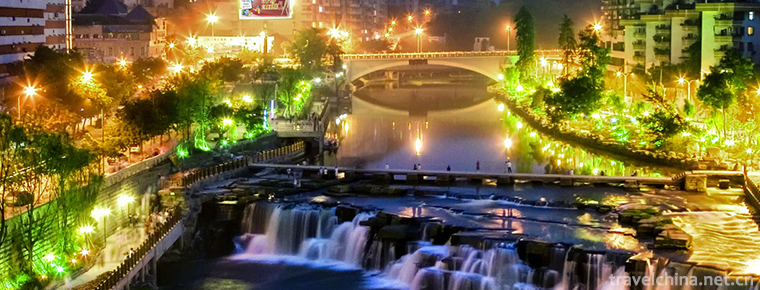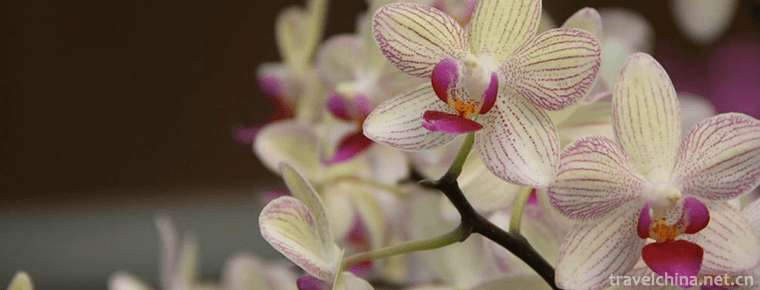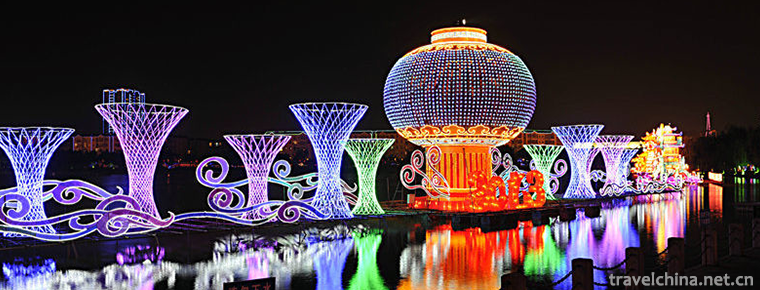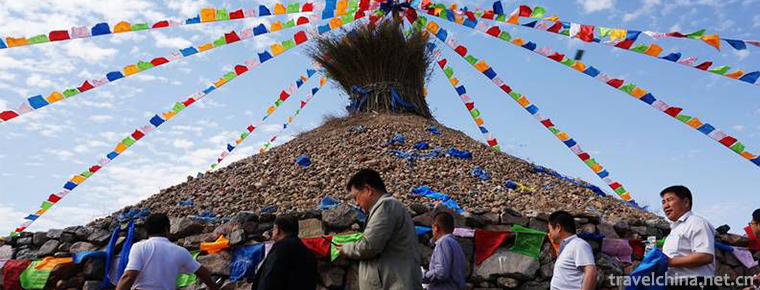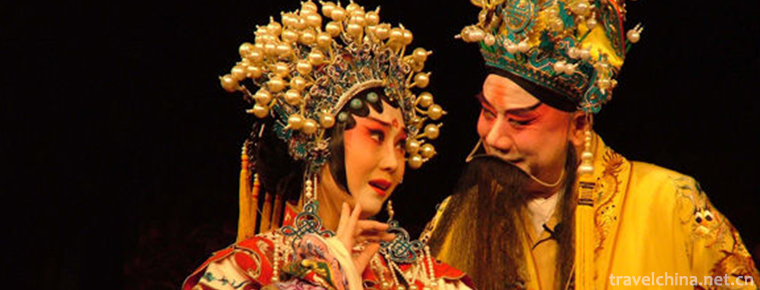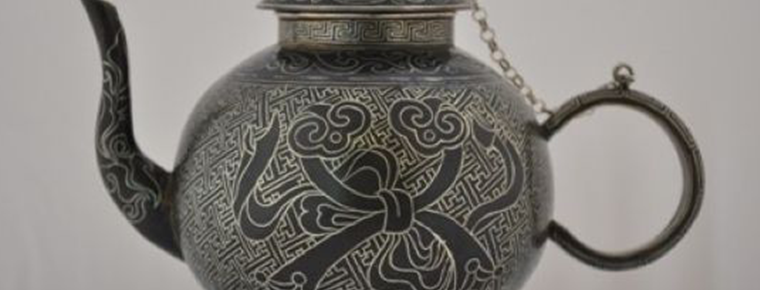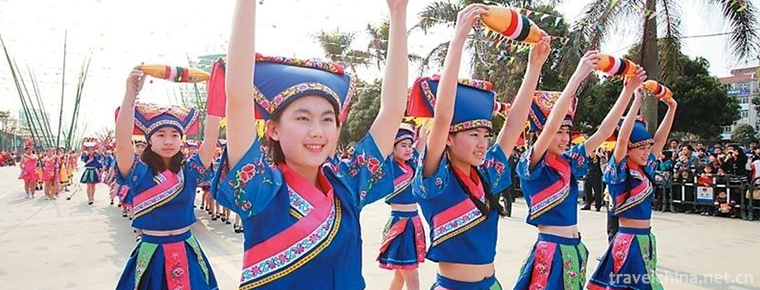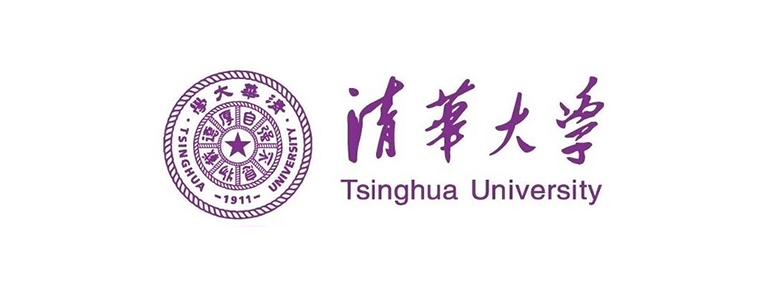Rice custom
Rice custom
Wannian rice custom and Shangrao Wannian County custom are cultural heritage. Wannian is the "land of rice". The traditional rice custom has been passed down in this area for thousands of years. Some rice custom still exists in 15 towns of the county. Wannian Gongmi is a product processed from the early variety of late indica rice "Wuyuan", originally produced in some villages of Peimei area in Wannian. It has been planted and popularized in 15 villages and towns throughout the county, with an area of 17,000 hectares. Rice culture has a long history. Millennium rice custom and Gong rice production technology have profound cultural connotations. It is a microcosm of folklore and human survival and development history, and occupies an important position in the whole ancient culture series.
Custom information
Cultural Heritage Name: Millennium Rice Custom
Date of declaration: 2006
Declarator/Declarator: Wannian County, Shangrao City
Location
Wannian is the origin of cultivated rice and tributary rice.
Wannian is located in the northeast of Jiangxi Province, the lower reaches of Le'an River and the southeast Bank of Poyang Lake. It belongs to the subtropical humid monsoon area. Wannian has a splendid ancient civilization, Dayuan immortal cave and bucket ring in the territory of ancient cultural sites known as Tu, is one of the earliest known remains of cultivated rice in the world. This new archaeological discovery pushed forward the history of rice production in the world for more than 4000 years, and was rated as the top ten new archaeological discoveries in China during the Eighth Five-Year Plan period and 100 major archaeological discoveries in China in the 20th century. When the first rice was transplanted by the primitive ancestors of Wannian Xianren Cave, the primitive farming culture of China, rice culture, began from then on. Since more than 10,000 years ago, primitive ancestors have lived the agricultural life of "rice, rice and fish". According to historical documents, rice has been the main cultivated crop in the county. In the long-term practice of rice cultivation, after thousands of years of precipitation, the primitive folk culture gradually formed the rice customs with local characteristics in the aspects of people's rumors, festivals, customs and cultivation techniques. Many rice culture customs still follow the same pattern. The long history and unique rice custom have bred the Millennium Gongmi, a local product with distinct local characteristics and profound cultural accumulation. Wannian Gongmi rice is of good quality, resembling shuttle, free jade, fragrant, soft and delicious, rich in nutrition and delicious edible. It has strong resistance to diseases, insects and cold. From the Northern and Southern Dynasties, it was a special product. In 1512 (the seven years of Zhengde in Ming Dynasty), it was called "Millennium Gongmi". 到明末清初,万年贡米被列为“国米”。 With the development of history, it has won the honorary titles of high-quality rice from provinces, ministries and international markets, export inspection-free products and "green food". Wannian Gongmi has become the top quality of rice that people can rest assured of eating.
The growth and cultivation of Millennium Gongmi have unique requirements for climate, soil, water and other environments. Over the past ten thousand years, the people have summed up a series of traditional rice production technologies, such as cultivation and renewal of improved varieties, sowing and transplanting, field management, harvesting and storage, and refined processing. Millennium rice custom and Gong rice production technology have profound cultural connotations. It is a microcosm of folklore and human survival and development history. It occupies an important position in the whole ancient culture series. It has far-reaching historical and cultural value, important agricultural research value and considerable economic value.
Shanxun: The emergence of new high-quality rice varieties such as forest competition, coupled with the limitations of paddy planting areas in Wannian, the lag of conservative production and management technology, the gradual degradation of rice customs, the traditional technology and culture of paddy rice in Wannian are on the verge of extinction. In order to inject new vitality into this traditional culture and pass it on from generation to generation, the "Millennium Rice Custom and Millennium Gongmi Production Technology" is declared for the protection of national intangible cultural heritage. The region and its geographical environment are the origin of cultivated rice and the origin of Millennium rice.
Wannian has a splendid ancient civilization, Dayuan immortal cave, bucket ring site is one of the earliest known rice cultivation relics in the world. With a long history and suitable natural environment, the Millennium Gongmi, a local product with distinct local characteristics and profound cultural accumulation, has developed its unique rice custom.
basic feature
Characteristics of Gongmi Rice
Leaf blade is long and narrow with thick hairs, oblique front and back, strong resistance to diseases and insects, thin ridge resistance and less fertilizer requirement.
Characteristics of Gongmi Products
Rice is of good quality, with fine grains, shuttle-like shape, free-flowing quality, medium-length at both ends after absorbing enough water, soft but not sticky, delicious, nutritious, calcium content 42-448.4mg/kg, zinc content 16.4-21.4rog/kg, iron content 0.44-0.55mg/KG.
Main value
Rice culture has a long history. Millennium rice custom and rice production technology have profound cultural connotations. It is a microcosm of folklore and human survival and development history. It occupies an important position in the whole ancient culture series. Its value has three main points:
Agricultural value
Gongmi is the best and precious product in rice. Its planting and popularization is an important agricultural subject. Moreover, Gongmi is a natural pollution-free green product.
Products, which do not contain any harmful substances, are very beneficial to people's physical health, and can meet the needs of modern Du: people will need health care.
economic value
For a long time, Gongmi has been a pillar industry for thousands of years, playing a very important role in the local economic development. First of all, the development of Gongmi processing industry has solved the employment problem of a considerable number of local people. Secondly, Gongmi belongs to agricultural products, which can effectively promote agricultural efficiency and increase farmers'income. Every year, Zhejiang businessmen sign orders directly with local government farmers in Wannian to guarantee the sale of all products. In addition to some exports, 40% of Gongmi in Wannian is exported to Zhejiang and 30% to Guangdong and Fujian. Only 20% of the province's sales, annual output value of more than 200 million yuan.
Historical and Cultural Value
The earliest history of rice can be traced back to the Neolithic Age. The earliest cultivated rice remains found in the world at Xianren Cave and Hanging Barrel Ring sites in Wannian can prove that the Millennium rice custom history and the production technology of Gong rice have a long history and have lasted for more than 10,000 years. For a long time, as an important cultural carrier, it has played a great role in the continuation of Chinese civilization and even the world civilization, and has a high value in the study of rice culture and food culture.
Endangered situation
10,000 years of traditional Gongmi shavings light, temperature duality, resistance to sleeping and high temperature, resistance to back drought, narrow and long leaves, small stems, softening and easy to collapse after maturity, reproduction has obvious regional limitations, which makes it difficult to popularize planting cypress.
2. Farmers in other regions have blindly planted Gongmi, regardless of geographical constraints. As a result, some fake Gongmi with poor quality and color and taste flooded the market.
3. Due to the improvement of material living conditions, the custom of holding rice on traditional festivals has gradually faded away, such as making rice fruits in Lantern Festival, making rice fruits in Qingming Dynasty and making rice cakes at the end of the year.
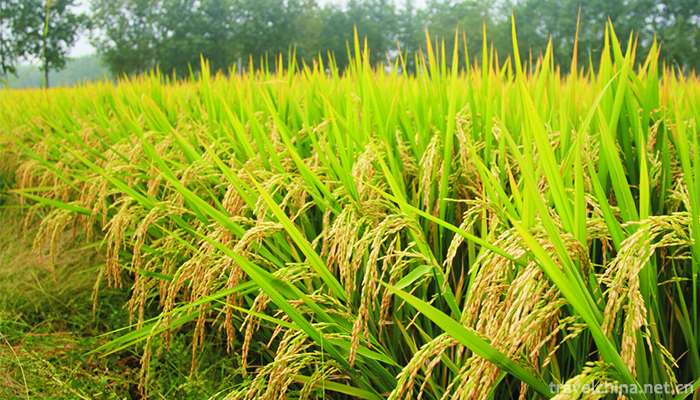
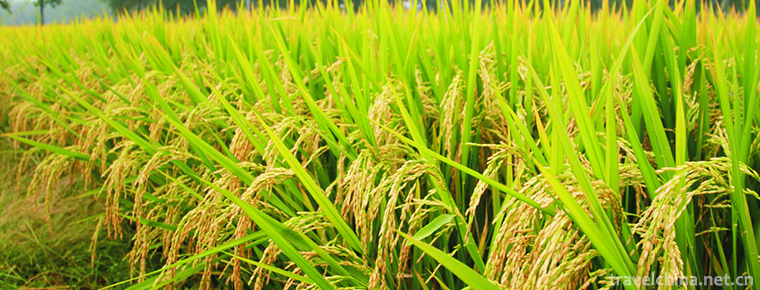
Rice custom
-
Mount Wuyi
Wuyi Mountain, Wuyi Mountain is located at the junction of Jiangxi and northwest Fujian Province. The southeastern foot of Wuyi Mountain has a total area of 999.75 square kilometers. It is a famous sc
Views: 295 Time 2018-10-28 -
China Ceramic Museum
The China Ceramic Museum is located in the Cultural Square in the center of Zibo City. On the basis of Zibo Exhibition Hall in April 2001, it was transformed by large-scale investment
Views: 152 Time 2018-12-22 -
Lianhuashan Ski Resort
Located in Zhangzhen, Shunyi District, Beijing, Lianhuashan Skiing Ground covers an area of more than 1 million square meters and was opened on December 19, 2003.
Views: 227 Time 2019-01-29 -
Pingle Ancient Town
Pingle Ancient Town, located 93 kilometers southwest of Chengdu and 18 kilometers southwest of Qionglai City, is a famous historical and cultural town in China.
Views: 198 Time 2019-02-07 -
Yanling National Flower and Tree Expo Park
Yanling National Flower and Tree Expo Park (Yanling Flower and Tree Expo Park) is located in the eastern part of Xuchang City, Henan Province.
Views: 133 Time 2019-02-28 -
Exhibit of lanterns
The Lantern Festival is an ancient folk culture in China. It generally refers to the large-scale lighting exhibition held by the government around the Spring Festival and the Lantern Festival
Views: 181 Time 2019-04-26 -
Sacrifice Aobao
Aobao sacrifice is a traditional custom of Mongolian people, and one of the manifestations of prairie people's natural worship. Xilinguole League is a relatively complete
Views: 180 Time 2019-05-05 -
Kun Opera
Kunqu Opera, formerly known as "Kunshan Opera" or "Kunqu Opera" for short, is an ancient Chinese opera voice and opera, now also known as "Kunqu Opera". Kunqu Opera is on
Views: 232 Time 2019-05-10 -
Production Techniques of Black Copper Walking Silver
The process of making silver from black copper is very complicated. Usually, it has to go through nearly 20 processes, such as refining copper, blanking, pattern carving, silver walking, forming, poli
Views: 166 Time 2019-06-29 -
Song pool of the Zhuang nationality
Song pool of the Zhuang nationality is a form of Festival gathering and singing activities held by the masses of the Zhuang nationality at a specific time and place.
Views: 314 Time 2019-08-16 -
Tsinghua University
The campus of Tsinghua University is situated in northwest Beijing on the site of the former imperial gardens of the Qing Dynasty, and surrounded by a number of historical sites.
Views: 208 Time 2019-08-31 -
Needlework of Chinese embroidery
Category: random needling, straight needling, disc needling, trowel needling, grabbing needling, flat needling, scattered wrong needling, weaving embroidery, applying needling, auxiliary needling, variant embroidery
Views: 151 Time 2020-12-12
